AARP Hearing Center

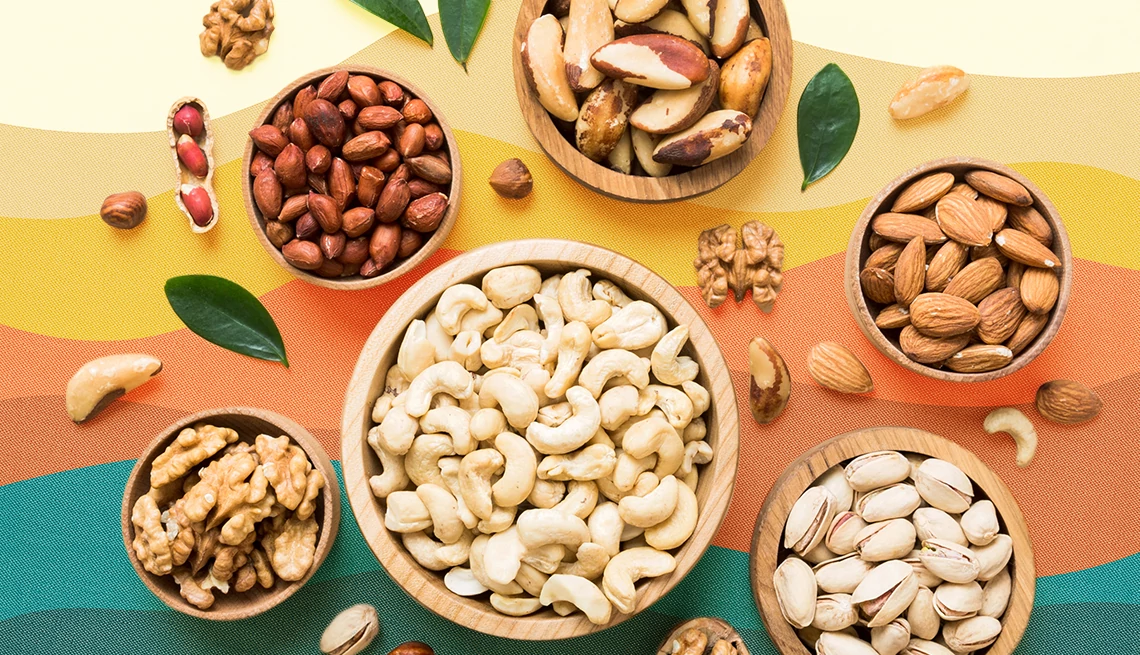
When Vonda Vaden Bates received a diagnosis of severe osteoporosis last year, she worried about how to increase her protein consumption. A little research helped her find a simple solution: nuts!
“It’s an easy way to add protein without adding a whole meal,” says the 58-year-old resident of Tulsa, Oklahoma. “I’m eating nuts every day — sometimes raw, as milk or powder, or mixed into a dish.”
And nuts aren’t just good for those who have osteoporosis. Starting around age 50, most adults need more protein as they lose muscle mass, according to the U.S. Department of Agriculture (USDA). Most older adults in the U.S. also don’t get enough vitamins and fiber in their diet, says Connie Diekman, a registered dietitian and nutrition consultant based in St. Louis.
Here is everything you need to know about nuts, including five simple and healthy nut recipes shared with AARP by Celine Beitchman, the director of nutrition for the Institute of Culinary Education.
To go straight to the recipes, click here: Almond parmesan-style topping | Pressed pecan pie/tart crust | Muhammara sauce | Roasted root vegetables with toasted hazelnuts | Sweet-and-spicy nut mix
Nuts are oh-so-good for your body
Nuts help reduce the risk of many chronic diseases, according to a 2023 article published in the journal Foods — including heart disease and diabetes. They also help control blood pressure and blood sugar levels.
How? In addition to being a good source of protein, nuts provide fiber, many vitamins and minerals, and antioxidants.
“You get a lot of nutrients in a little package,” says Diekman, coauthor of the book Superfood Nuts: A Guide to Cooking with Power-Packed Walnuts, Almonds, Pecans, and More. Here’s a peek at what Diekman, backed by the USDA, the Centers for Disease Control and Prevention and most major studies, says they have to offer.
All nuts contain magnesium, she says, which is important for bone health and helps regulate muscle and nerve function, blood pressure and blood sugar levels.
Many nuts also contain calcium, potassium, vitamin E, folic acid and potassium.
Another benefit: fiber, with almonds and peanuts (officially the seed of a legume but we’ll give them nut status here) offering the most fiber per serving. And need a boost of potassium? Cashews have you covered.
You might not have heard of lutein, but pistachios (also a legume seed) have the most of it. Lutein has anti-inflammatory properties. Walnuts are also anti-inflammatory because they have loads of vitamin E and omega-3 fatty acids.

































































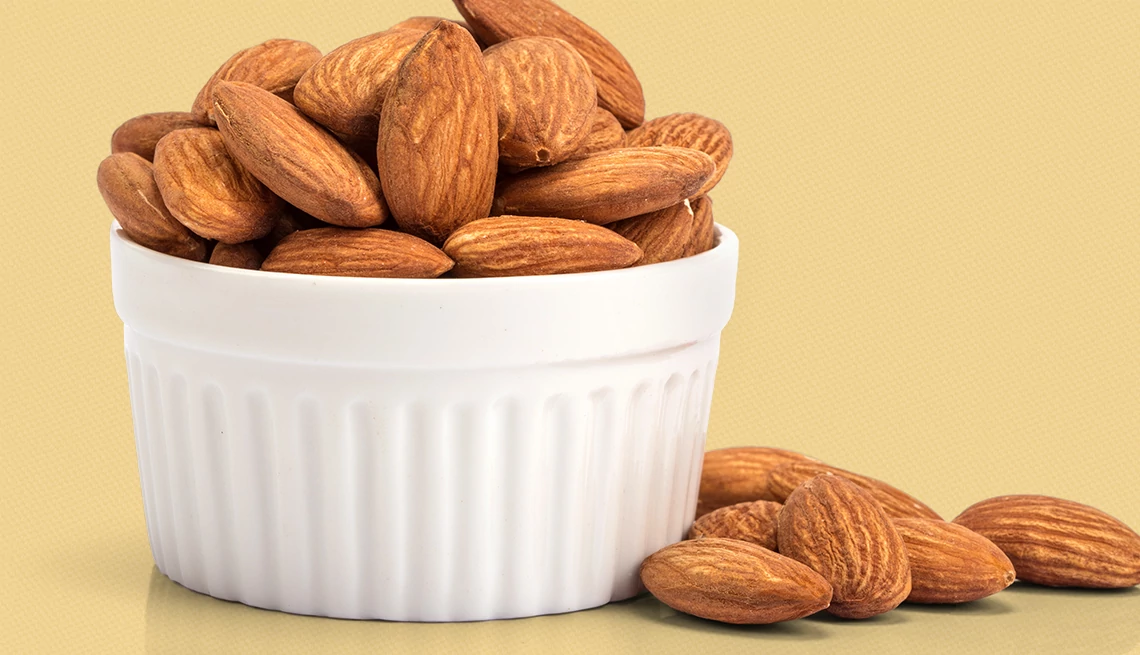


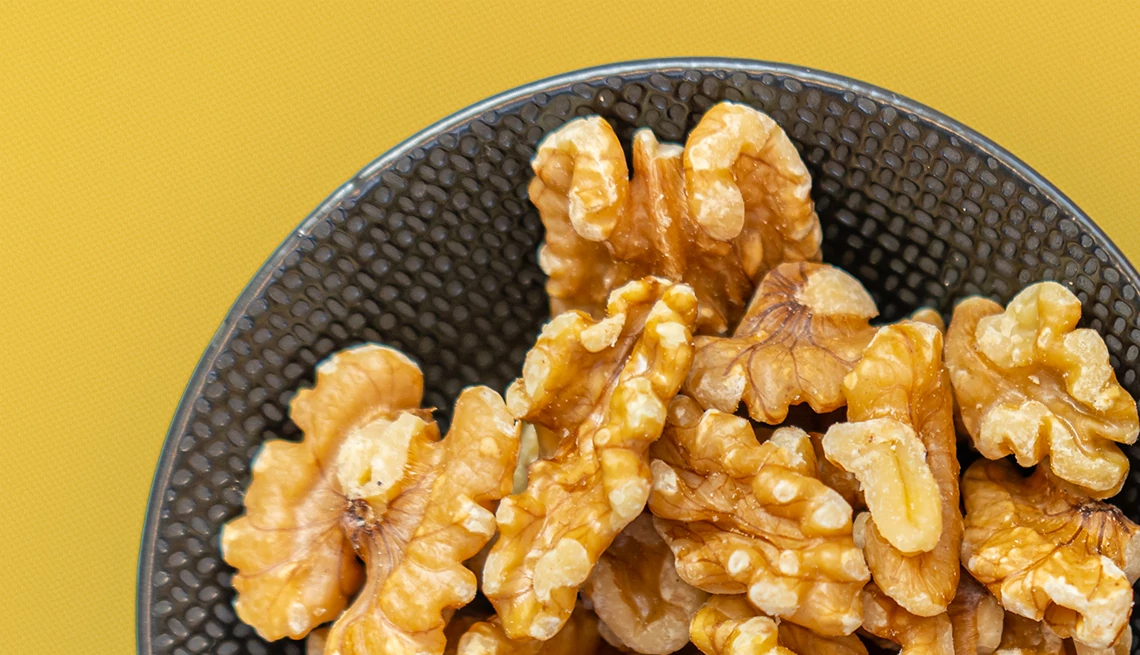
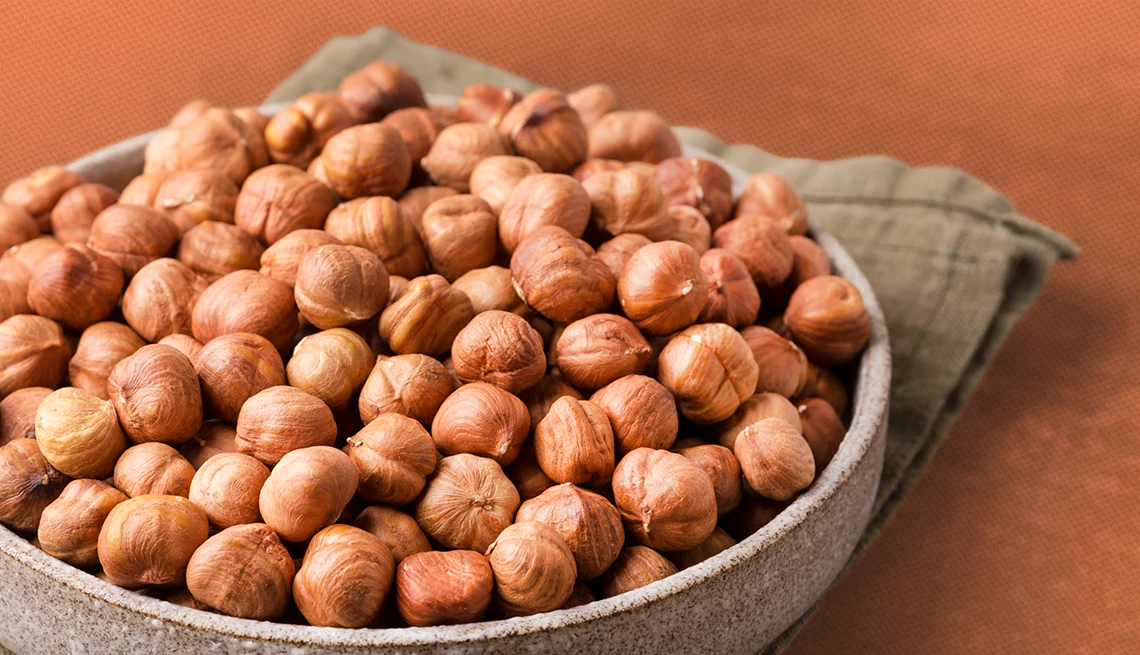
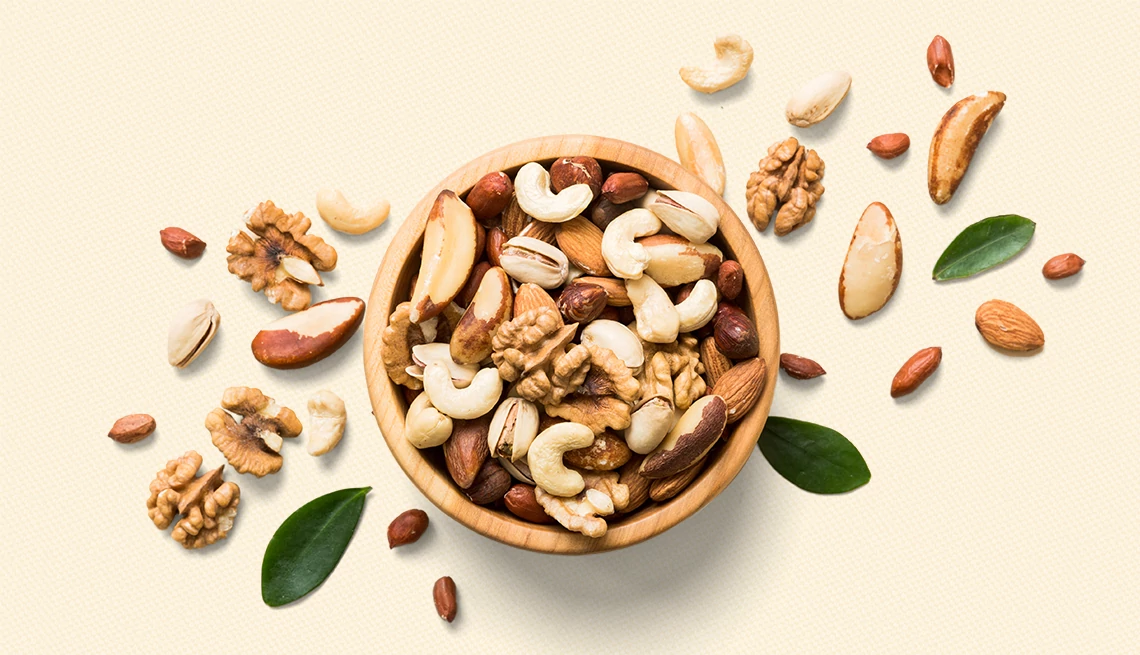


More From AARP
AARP Smart Guide to Oral Health
Good oral health is vital for a healthy smile, but it's also essential for overall wellness. Want to make sure you're doing all you can to preserve your pearly whites and reduce your risk of disease? Here's how.
Recommended for You